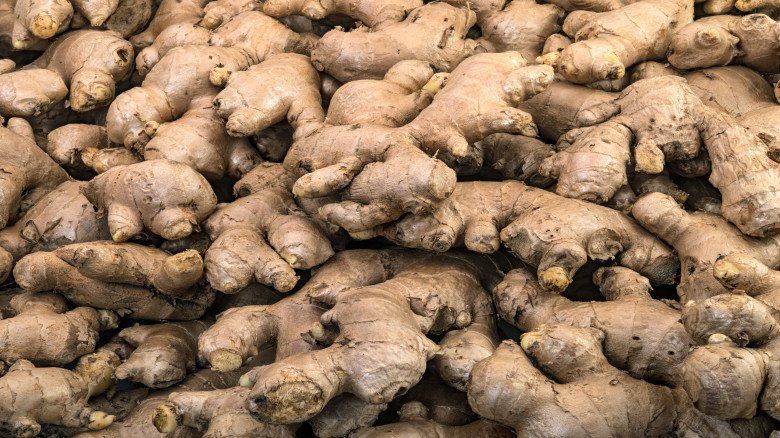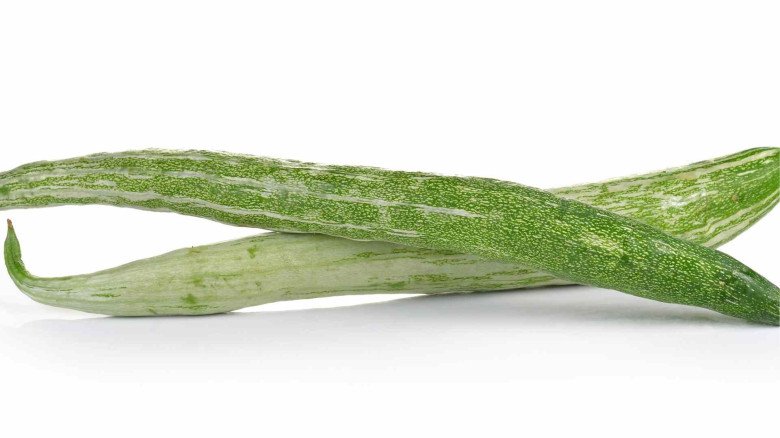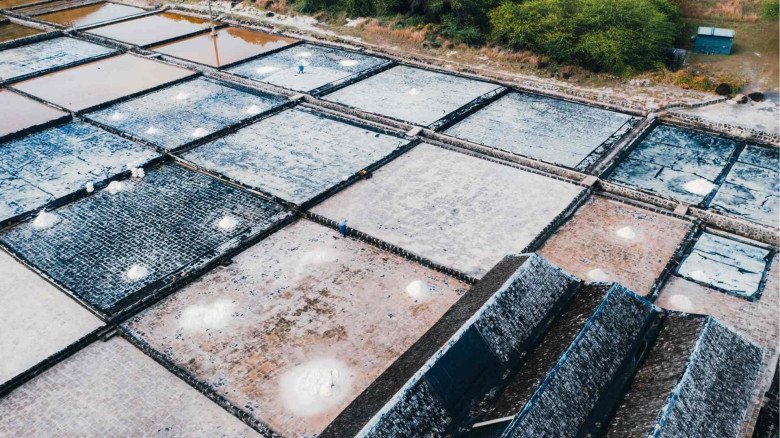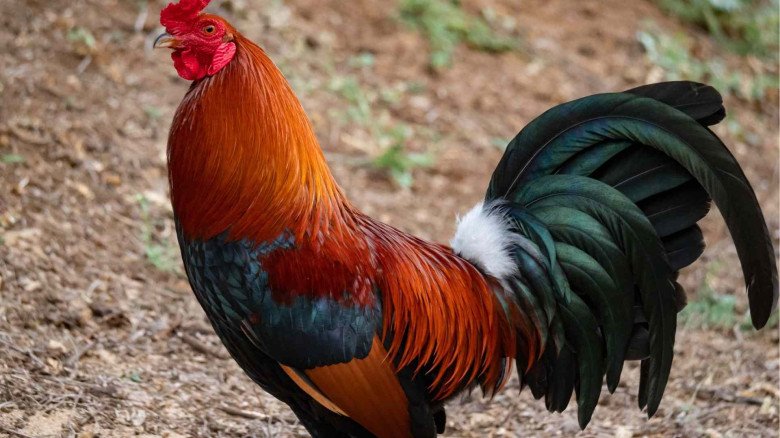Papaya Cultivation Guide | Best Practices for Production and Growth
Worldwide, the cultivation of papayas (Carica papaya) is a fascinating and important agricultural enterprise with major economic benefits. This tropical fruit, which has a bright orange color and a sweet flavor, is not only a favorite ingredient in dishes but also has a number of health advantages. We'll delve into the complexities of papaya production in this in-depth examination, including its history, varieties, methods of cultivation, difficulties, and economic significance for both farmers and the world market.
Sources and Types
It is thought that the papaya originated in neighbouring Central America and southern Mexico. It spread swiftly to other tropical and subtropical areas, where it became a mainstay in nations with hot weather. Papaya comes in a variety of forms, each having special qualities of its own. The Hawaiian and Mexican versions are the two primary kinds; commercial production of the Hawaiian variety is more widespread.
Climate Conditions
Proper climate conditions are essential for the successful cultivation of papayas. Tropical and subtropical regions with temperatures between 68°F and 90°F (20°C and 32°C) are ideal for papaya growth. They need well-drained soil to flourish to their full potential and are frost-sensitive. Although they may grow in a variety of soil types, papayas prefer slightly acidic soils over neutral ones.
Transmission
Although seeds are typically used for propagation, other techniques including tissue culture and grafting are also used for certain uses. Mature fruit seeds are removed, cleaned, and dried before being sown in nursery beds that have been set up. After the seedlings are transplanted to the main field, germination usually takes place in two to three weeks.
Cultural Customs
In order to cultivate papayas, proper cultural practices are essential. For healthy plant development, proper fertilizer management, frequent watering, and adequate spacing are essential. In contrast to other fruit-bearing trees, papaya plants are renowned for growing quickly and maturing quickly. Pruning is frequently used to get rid of extra branches and promote the growth of a robust canopy with good structure.
Management of Diseases and Pests
Aphids, mites, the papaya ringspot virus, and other pests and diseases can affect papaya plants. To minimize damage, integrated pest management solutions that include appropriate chemicals and natural predators are used. Furthermore, illnesses like bacterial spot and powdery mildew can impair papaya farming, thus precautionary measures and good cleanliness are required.
Harvesting and Handling After Harvest
After planting, papayas can normally be harvested six to nine months later. When the fruit reaches a desired size and begins to change color, it is harvested. To protect the sensitive skin during harvest, handling must be done carefully. Washing, grading, and packaging produce in preparation for export or local market distribution are post-harvest procedures.
Economic Significance
Growing papayas is a major source of income for farmers and the agriculture industry. Many small-scale farmers rely on the fruit's appeal in both domestic and foreign markets for their livelihoods. Countries that prioritize exports frequently gain from the foreign exchange generated by the papaya trade.
Future Prospects and Challenges: Although papaya agriculture has economic promise, it faces several obstacles, including market swings, pest and disease outbreaks, and changing climate circumstances. In order to overcome these obstacles and improve the resilience of papaya farming, research and development activities are still in progress. To ensure continued expansion in the sector, improved disease-resistant cultivars and improved post-harvest handling methods are being investigated.
To sum up, growing papayas is an exciting and fruitful agricultural endeavor that may be done in many different parts of the world. Papaya is still a symbol of agricultural innovation and economic viability for many farmers, despite its global adoption from its roots in tropical regions in Central America. Papaya agriculture has bright future possibilities with continued research and technological developments that should lead to higher yield, resilience, and worldwide market presence.
-logo.webp.png)
.jpg)
-logo.webp.png)

































Leave A Comment